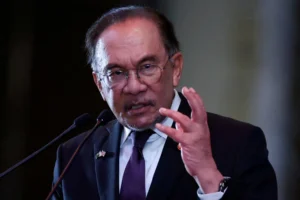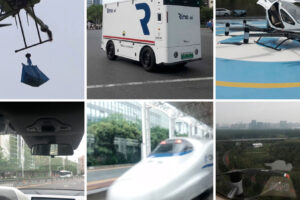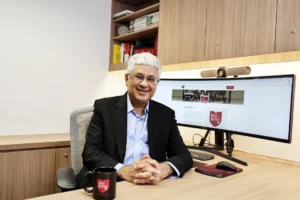
BANGKOK – South-east Asian countries breathed a sigh of relief on Aug 1 after the United States announced tariffs on their exports that were far lower than threatened and levelled the playing field with a rate of about 19 per cent across the region’s biggest economies.
US President Donald Trump’s global tariffs offensive has shaken South-east Asia, a region heavily reliant on exports and manufacturing and in many areas boosted by supply chain shifts from China.
Thailand, Malaysia and Cambodia joined Indonesia and the Philippines with a 19 per cent US tariff, a month after Washington imposed a 20 per cent levy
on regional manufacturing powerhouse Vietnam
.
South-east Asia – with economies collectively worth more than US$3.8 trillion (S$4.9 trillion) – had raced to offer concessions and secure deals with the US, the top export market for much of the region.
Its countries, many of them key players in the global supply chain, vied to stave off the prospect of losing market share to each other and of multinational firms shifting operations and orders elsewhere.
Malaysia’s Trade Ministry said its rate,
down from a threatened 25 per cent
, was a positive outcome without compromising on what it called “red line” items.
Thailand’s finance minister said the reduction from 36 per cent
to 19 per cent
would help his country’s struggling economy face global challenges ahead.
“It helps maintain Thailand’s competitiveness on the global stage, boosts investor confidence and opens the door to economic growth, increased income and new opportunities,” Mr Pichai Chunhavajira said.
The extent of progress on bilateral trade deals with the US was not immediately clear, with Washington so far reaching broad “framework agreements” with Indonesia and Vietnam, with scope to negotiate further. Mr Pichai said Thailand was about a third of the way there.
The US on Aug 1 slashed the tariff rate for Cambodia to 19 per cent from earlier levies of 36 per cent and 49 per cent, a major boost for its crucial garments sector, its biggest economic driver and source of about a million manufacturing jobs.
“If the US maintained 49 per cent or 36 per cent, that industry would collapse in my opinion,” Cambodia’s Deputy Prime Minister and top trade negotiator Sun Chanthol told Reuters in an interview.
In Thailand and Malaysia, business groups cheered a tariff rate that could signal a maintenance of the status quo between rival markets, among them beneficiaries of so-called China plus one trade.
“It’s very good. We’re on par with Indonesia and the Philippines and lower than Vietnam… We’re happy,” said Mr Werachai Lertluckpreecha, of semiconductor manufacturer Star Microelectronics.
Mr Chookiat Ophaswongse, of the Thai rice exporters association, said the similar rate to Vietnam would maintain its share of the US market, while Mr Wong Siew Hai, president of Malaysia’s semiconductor industry association, said the latest tariffs would level the competition.
“I don’t see the companies doing anything special. It will be business as usual for now, until they figure out what is the next best move,” Mr Wong said.
Much remains to be worked out by the Trump administration, including non-tariff barriers, rules of origin and what constitutes transshipment for the purposes of evading duties, a measure targeting goods originating from China with no or limited value added, where a 40 per cent tariff would apply.
Vietnam has one of the world’s largest trade surpluses with the US, worth more than US$120 billion in 2024, and has been often singled out as a hub for the illegal re-routing of Chinese goods to America.
It was a first-mover in trade talks and reached an agreement in July that slashed a levy from a threatened 46 per cent to 20 per cent, but concerns remain among some businesses that its heavy reliance on raw materials and components imported from China could lead to a wider application of the 40 per cent rate.
“That is the real issue,” said one businessman in Vietnam, who asked not to be named to allow him to speak more freely.
Mr Andrew Sheng, of the University of Hong Kong’s Asia Global Institute, said the similar tariffs mean South-east Asian countries should be relieved that policy uncertainty was over for now.
“The tariff announcement looks like a classic Trump Art of the Deal deal: lots of hype and threats, and with one flourish, the other side feels that it has a reasonable deal,” he said. REUTERS





